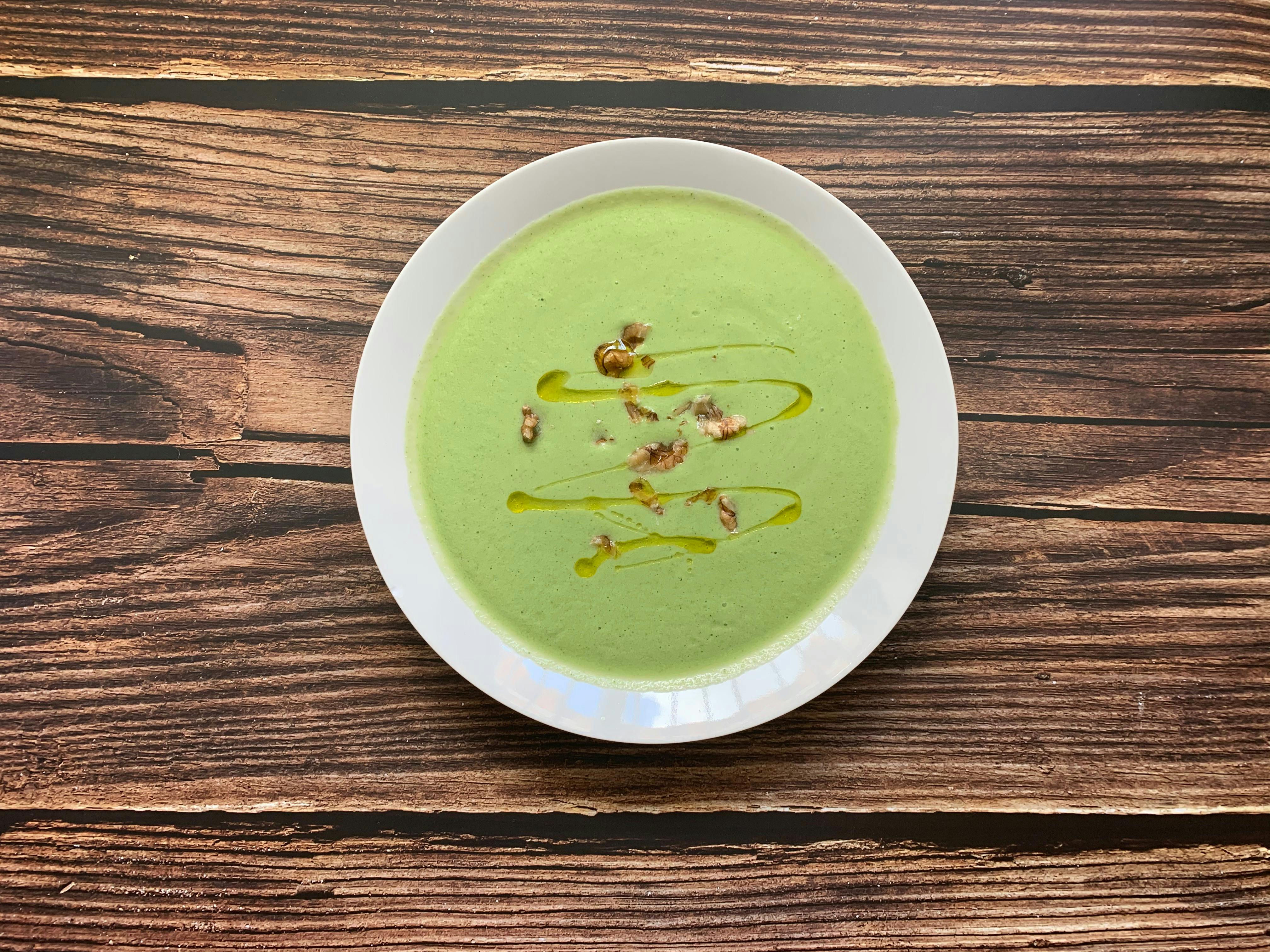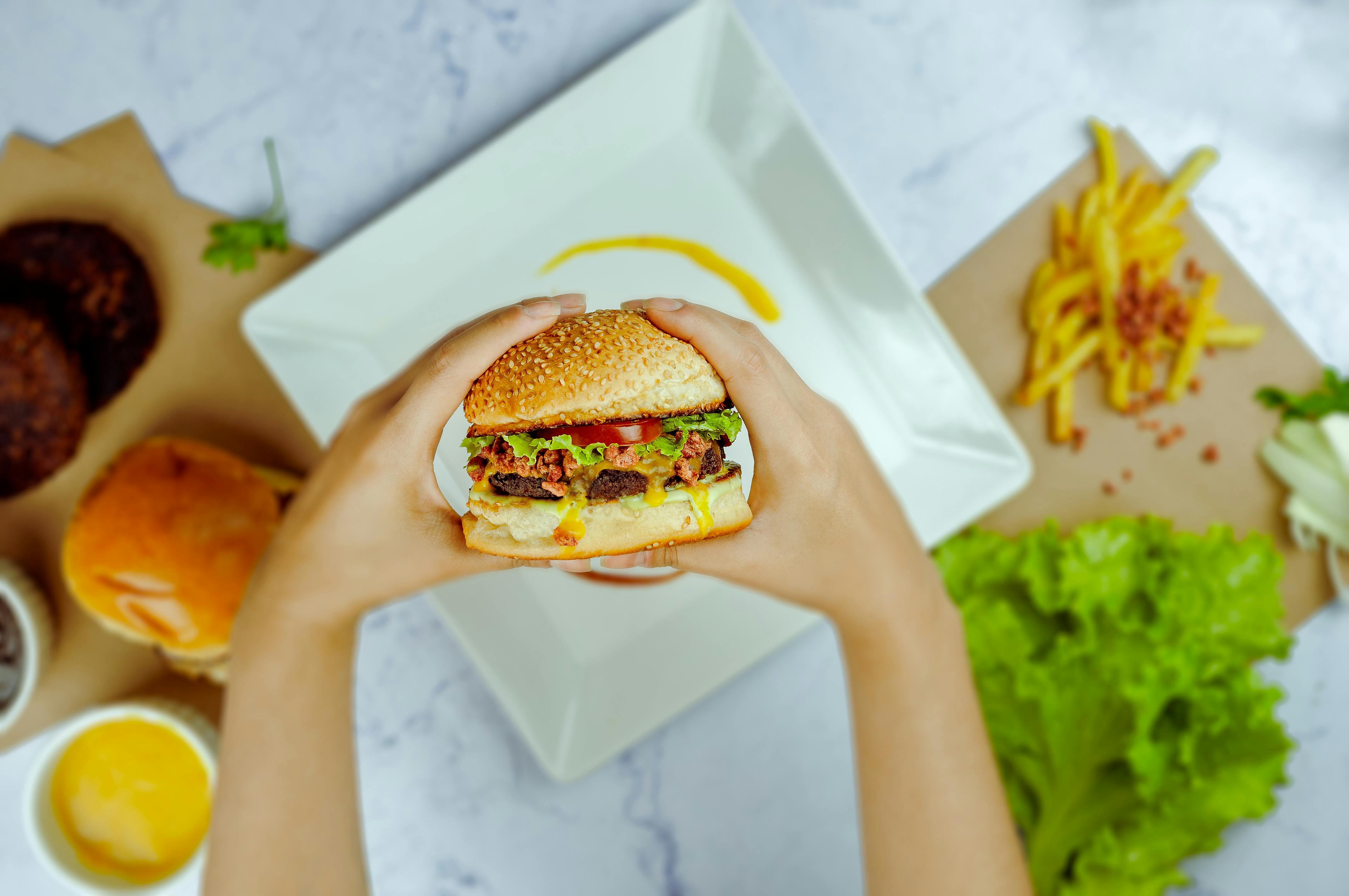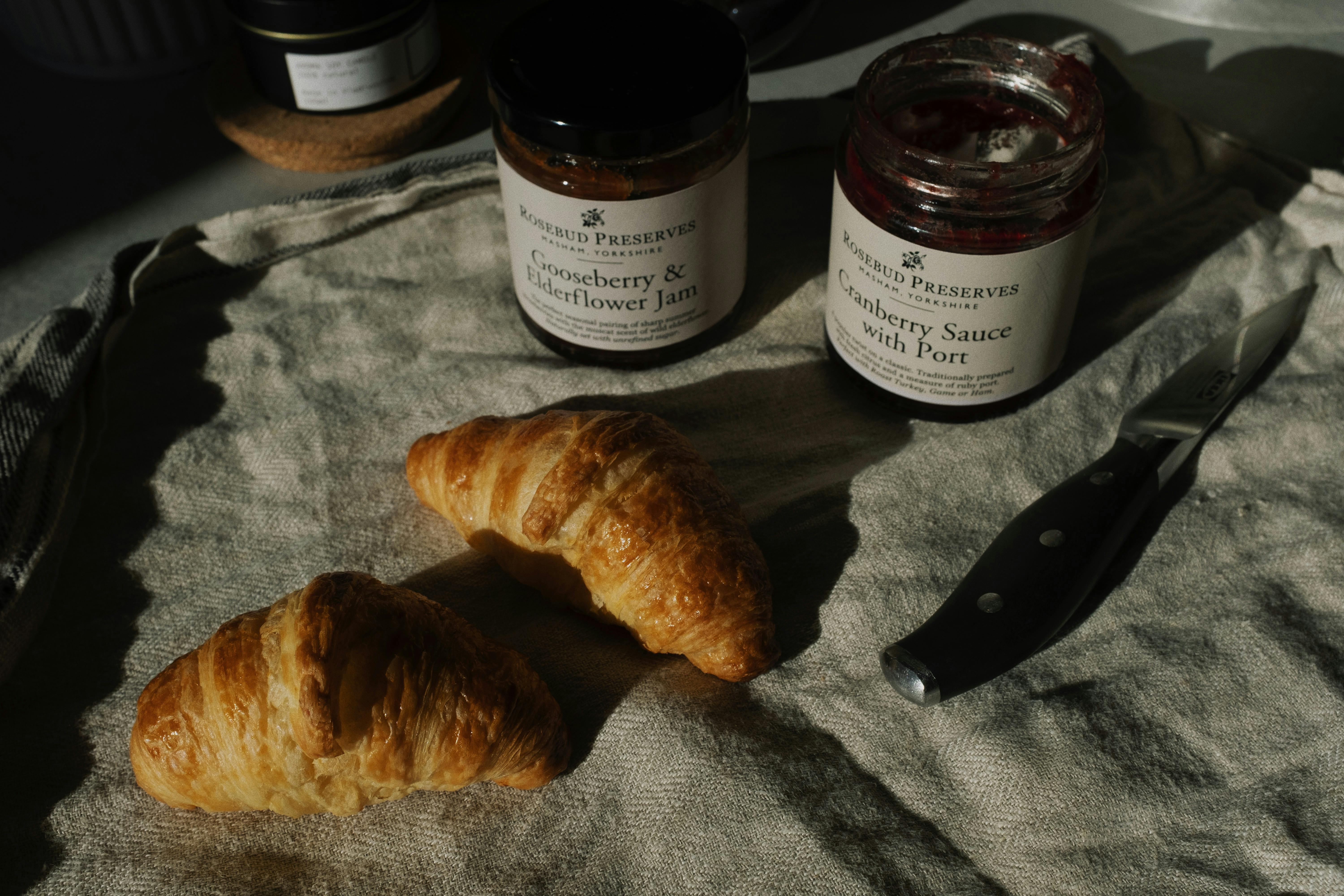
Cutting Boards – Plantation Teak VsBamboo
When it comes to cutting boards, there are two main factors to consider: aesthetics and ease of use. The right cutting board can really add intrigue and sophistication to your kitchen design. However, as any chef will tell you, no beautifully crafted board is worth sacrificing the edge of your knife collection for.
For the most part, experts agree that end-grain hardwoods are top-notch when it comes to knife care. At the same time, bamboo is cheap, plentiful, and renewable, and few hardwoods can boast their sustainability, except one: plantation teak. Teak and bamboo are two of the most eco-friendly options available when it comes to cutting boards.
Sustainability:
Plantation teak and bamboo boast a high level of environmental sustainability. Plantation teak can be grown in dry tropical regions without the use of irrigation or fertilizers and bamboo, well, it grows incredibly fast and can replicate itself in just a few years. Due to their relatively fast growth rates, both are ideal for farming and cultivation with a minimal footprint.
Aspect:
When it comes to aesthetics, it’s a very subjective matter. However, the strongly contrasting tones of high-end teak blocks will generally attract more attention than the more drab colors of bamboo. However, there is no doubt that both materials have a loyal fan base.
Performance:
It is the dimension of knife maintenance where the gap between teak and bamboo really opens. And to be fair, this gap doesn’t come as a result of any flaw. Plantation teak is a hardwood, while bamboo is a cane. To build a bamboo cutting board, you will need a lot of hard glues and epoxies. Obviously with this high level of glues and resins comes a much higher level of cutlery wear.
Plantation teak cutting boards, especially end grain blocks, offer the cutting performance even an obsessive chef would be happy with. The grain end surfaces are composed of the literal ends of a trunk, showing the circular rings of the tree. Unlike most other surfaces, end-grain teak fibers allow blades to cut through the wood, rather than across, preventing your high-end cutlery from raking up tough wood fibers and dulling them.
If it helps, think about chopping down a log with an axe. Is it easier to cut it in half across the grains or split it down the middle? The same principles work on an end grain cutting board, except the goal is not to cut the cutting board in half! It’s much easier on your knives, and as you can imagine, this phenomenon also helps reduce wear and tear on your board.
Durability:
When it comes to durability, it’s more or less a tie. While end grain teak boards have a natural ability to heal themselves and hide knife marks, bamboo is an incredibly strong material and so are the glues that hold it together. Likewise, both materials need moderate maintenance to extend their life.
When it comes to maintenance, both materials will benefit from an occasional coat of food-grade mineral oil. It’s also a good idea to keep your boards away from standing water or damp areas. In dry climates, teak has been known to last hundreds of years!




No Comment